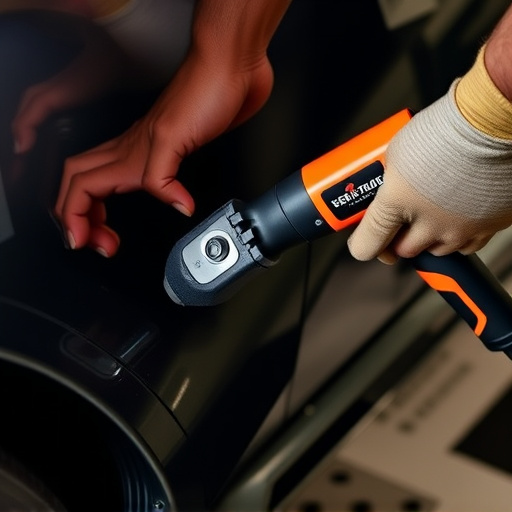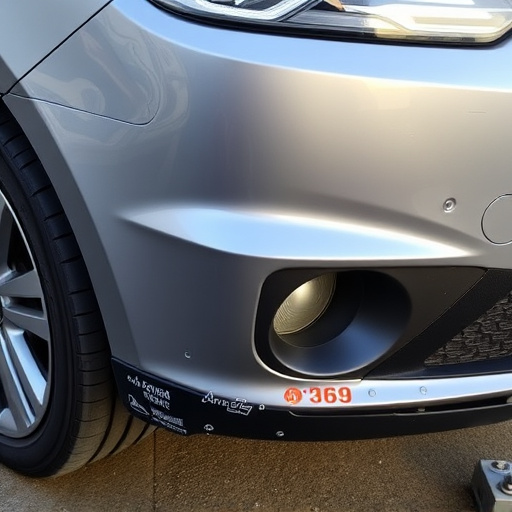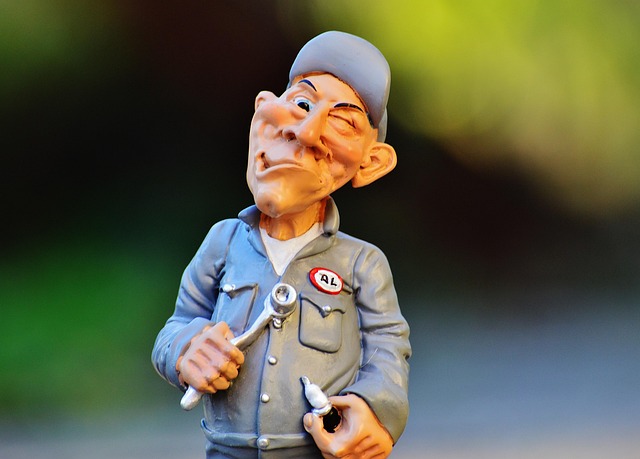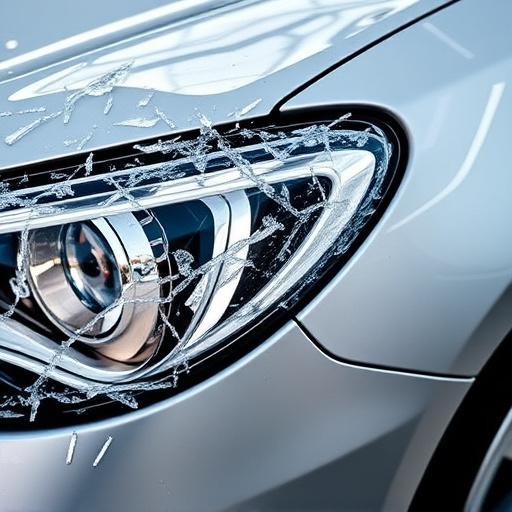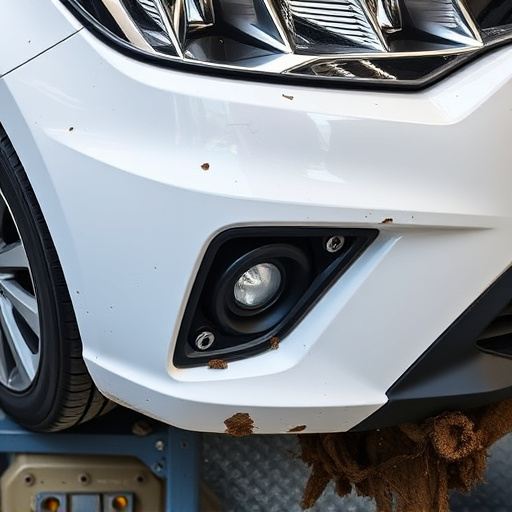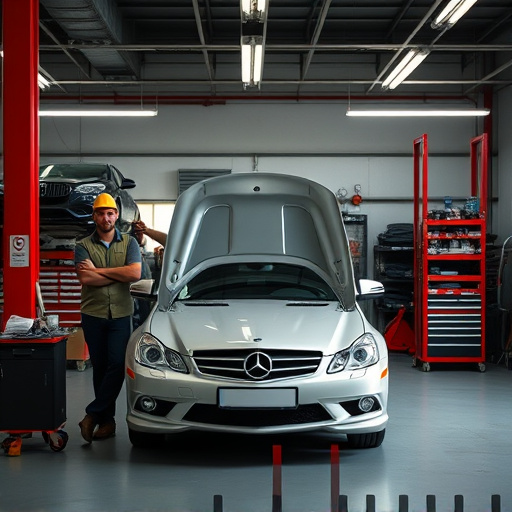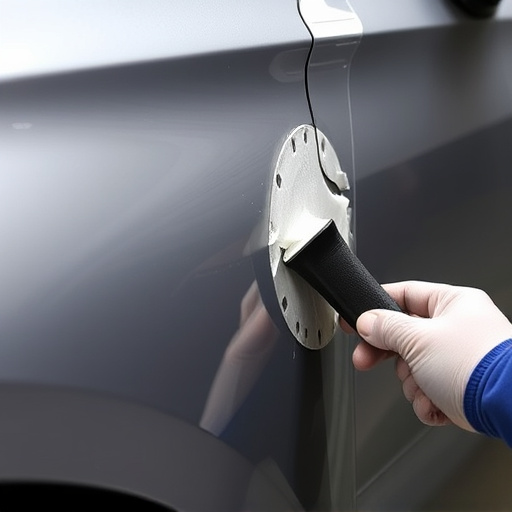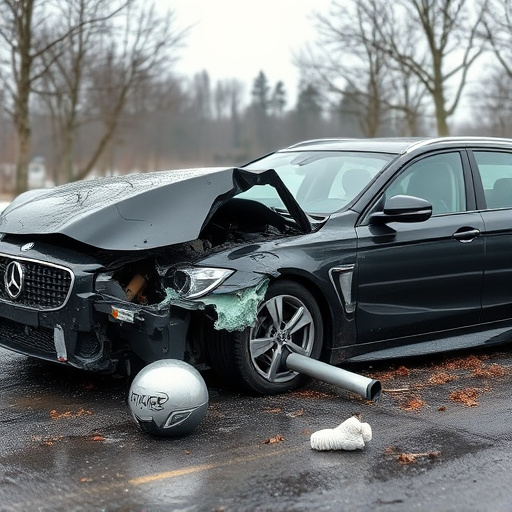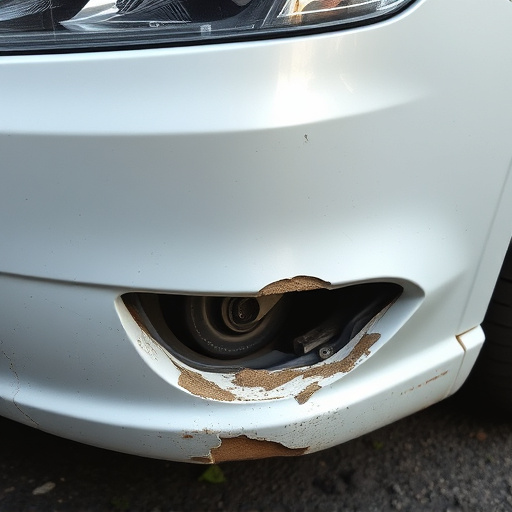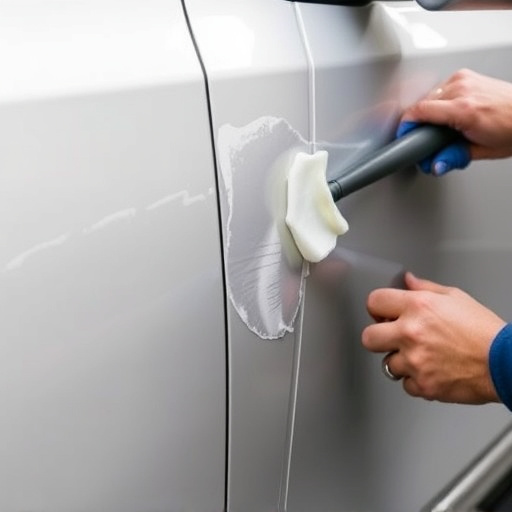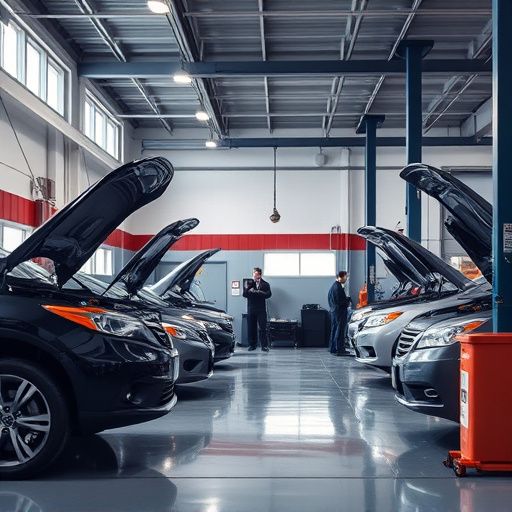The quality of repair craftsmanship is crucial for successful and long-lasting repairs, from car collisions to dents. Skilled technicians combine technical skills, attention to detail, and material knowledge to enhance structural integrity and aesthetics. Effective training programs balance theoretical knowledge with hands-on experience, cater to diverse learning styles, and focus on various vehicle services. Maintaining high repair craftsmanship quality is essential for business success, fostering customer satisfaction, loyalty, and positive recommendations.
In today’s highly competitive market, exceptional repair craftsmanship quality is not just a luxury but a necessity. The way a product is repaired reflects on brand reputation and customer satisfaction. This article explores the profound impact of repair craftsmanship quality and provides practical insights into designing and implementing training programs that empower technicians to deliver seamless repair experiences. From understanding the core principles of skilled repairs to leveraging innovative training methods, we’ll uncover strategies to elevate your team’s expertise and ensure long-lasting customer loyalty.
- Understanding the Impact of Craftsmanship on Repair Quality
- Designing Comprehensive Training Programs for Technicians
- Implementing Effective Strategies to Enhance Repair Skills
Understanding the Impact of Craftsmanship on Repair Quality

The quality of repair craftsmanship is a defining factor in determining the overall success and longevity of any repair process, be it for car collision repair, dent repair, or collision damage repair. A skilled technician can make all the difference between a job done haphazardly and one that restores the item to its original condition, or even enhances it. Craftsmanship involves not just technical proficiency but also an eye for detail, precision, and an understanding of the materials being worked with.
When it comes to repairs, especially in the automotive sector, craftsmanship is what transforms a simple fix into a work of art. For instance, in car collision repair, a skilled artisan can realign panels with such precision that the repair is nearly invisible, ensuring the vehicle’s structural integrity and aesthetic appeal are both restored. This level of craftsmanship not only guarantees customer satisfaction but also builds trust in the repair shop’s capabilities, fostering long-term relationships.
Designing Comprehensive Training Programs for Technicians

Creating effective training programs for technicians involves a thoughtful approach to ensure significant improvements in repair craftsmanship quality. It’s not merely about teaching technical skills but also fostering a deep understanding of the underlying principles and best practices. Comprehensive training should integrate hands-on workshops, interactive demonstrations, and real-world case studies to offer well-rounded learning experiences. By combining theoretical knowledge with practical application, technicians gain the confidence to handle diverse repair scenarios with precision and expertise.
Additionally, these programs must cater to various learning styles, incorporating visual aids, step-by-step guides, and digital resources for efficient comprehension. Emphasis on continuous evaluation and feedback mechanisms allows for tracking progress and identifying areas needing further enhancement. Incorporating modules focused on tire services, car bodywork services, and vehicle bodywork not only broadens the technicians’ skill sets but also ensures they are adept at delivering high-quality repairs across different aspects of a vehicle, ultimately elevating overall repair craftsmanship quality.
Implementing Effective Strategies to Enhance Repair Skills

In today’s competitive market, maintaining superior repair craftsmanship quality is non-negotiable for any business offering car repair services or auto body repairs. To stay ahead, training programs must be robust and continuously updated with effective strategies. These strategies should focus on developing a multi-faceted skill set among technicians, encompassing both technical proficiency and soft skills. By fostering a culture of continuous learning, businesses can ensure their teams are equipped to deliver consistent, high-quality fleet repair services.
Hands-on training sessions, for instance, should be coupled with virtual simulations to cater to diverse learning styles. Incorporating industry best practices and real-world case studies will equip technicians with practical knowledge applicable across various scenarios. Moreover, soft skills workshops focusing on communication, problem-solving, and teamwork can enhance the overall customer experience, fostering loyalty and positive word-of-mouth recommendations for auto body repairs.
By prioritizing comprehensive training programs that focus on enhancing repair craftsmanship quality, we can ensure that technicians are equipped with the necessary skills and knowledge. This, in turn, leads to improved repair outcomes, increased customer satisfaction, and a stronger reputation for service excellence. Investing in such programs is not just beneficial for individual technicians but also for the industry as a whole, fostering a culture of precision and professionalism.

